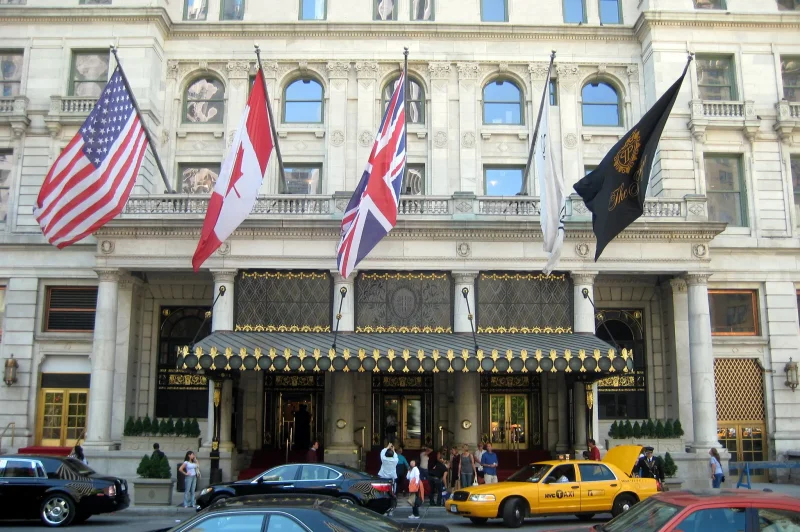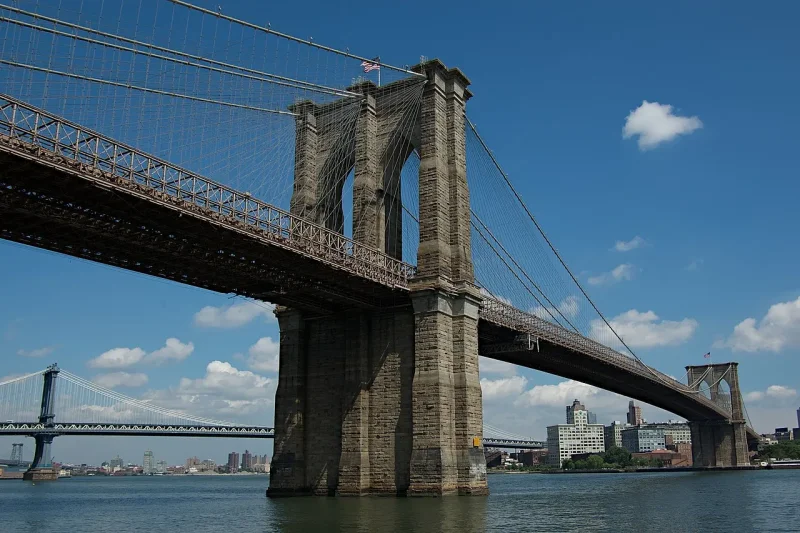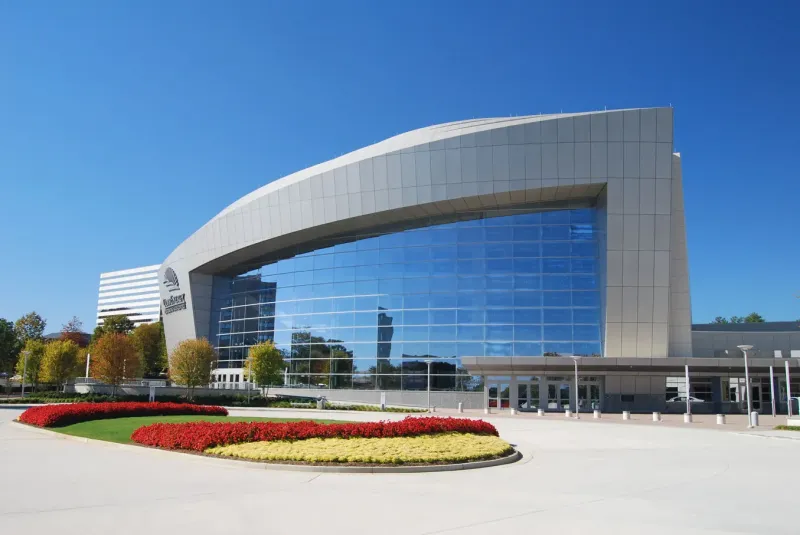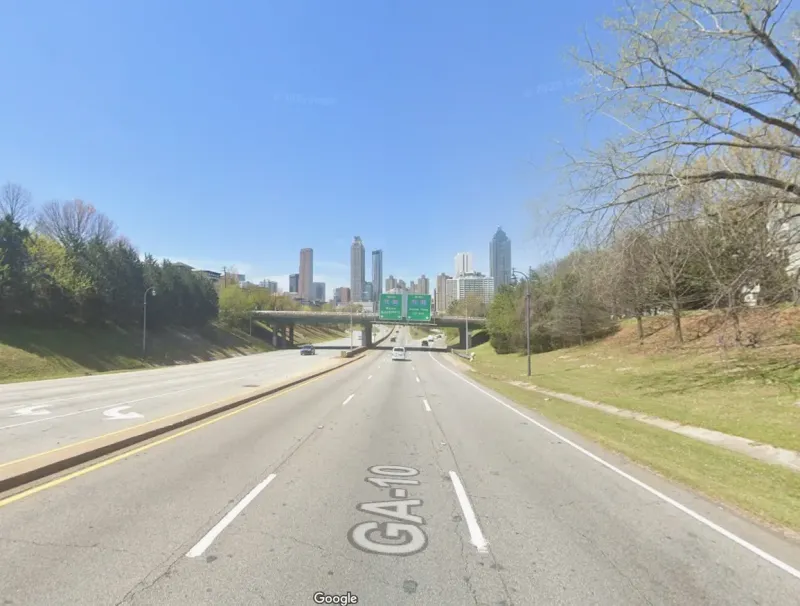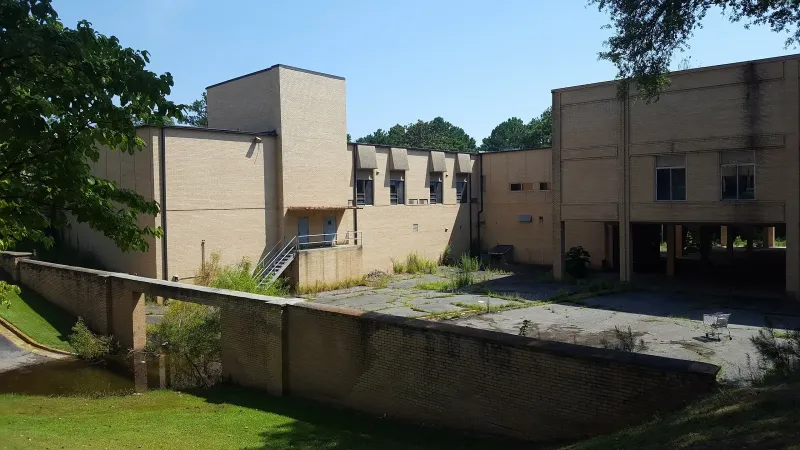Architectural Marvel
Grand Central Terminal is an architectural masterpiece in the heart of New York City. Known for its grand facade and intricate design, it showcases Beaux-Arts style. The terminal's iconic clock, located in the main concourse, is a focal point admired by millions. Opened in 1913, this architectural marvel features soaring ceilings adorned with a celestial mural. The building itself is a testament to early 20th-century design, blending functionality with aesthetic brilliance.
The terminal's vast interior is a hub of activity, where its opulent chandeliers and sweeping staircases create an elegant atmosphere. The whispering gallery, a unique acoustic feature, allows visitors to experience sound in an unusual way. The terminal's design promotes an effortless flow of people, with its expansive concourse enabling easy navigation. Its preservation and continued use highlight the importance of maintaining historic sites for future generations.
Cultural and Historical Significance
Grand Central Terminal is not just a transportation hub but a cultural landmark with great historical significance. It has been a key player in New York's development, symbolizing the city's growth and innovation. Over the years, Grand Central has appeared in countless films, embedding itself in popular culture. Its preservation battle in the 1970s was a pivotal moment in American history, leading to stronger preservation laws that protect historic landmarks nationwide.
As a testament to its cultural impact, the terminal hosts various events and exhibitions, bringing the community together. The Vanderbilt Hall, once a bustling ticketing area, now serves as a venue for special events. Thousands of commuters and tourists pass through its doors daily, each contributing to its living history. The terminal's role in the city's narrative extends beyond transportation, making it a vital piece of New York's rich tapestry.
A Hub of Commerce and Connectivity
Grand Central Terminal is an essential transportation hub, connecting New York City with the wider region. With over 750,000 visitors daily, it is one of the busiest transit centers in the world. The terminal serves as a crucial node for Metro-North Railroad services, linking commuters to destinations across the tri-state area. Its strategic location makes it a vital part of New York's infrastructure, ensuring seamless connectivity for millions of passengers.
Beyond transportation, Grand Central is a vibrant commercial center, offering an array of shopping and dining options. The Grand Central Market provides fresh produce and gourmet products, while the dining concourse features a variety of cuisines. Luxury boutiques and specialty shops line the corridors, catering to diverse tastes. This fusion of commerce and connectivity makes Grand Central Terminal not only a transit point but also a dynamic destination for locals and tourists alike.
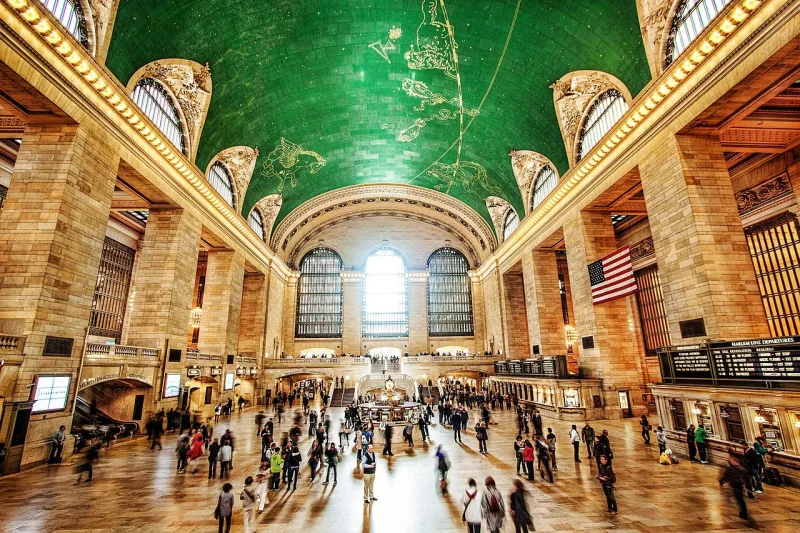
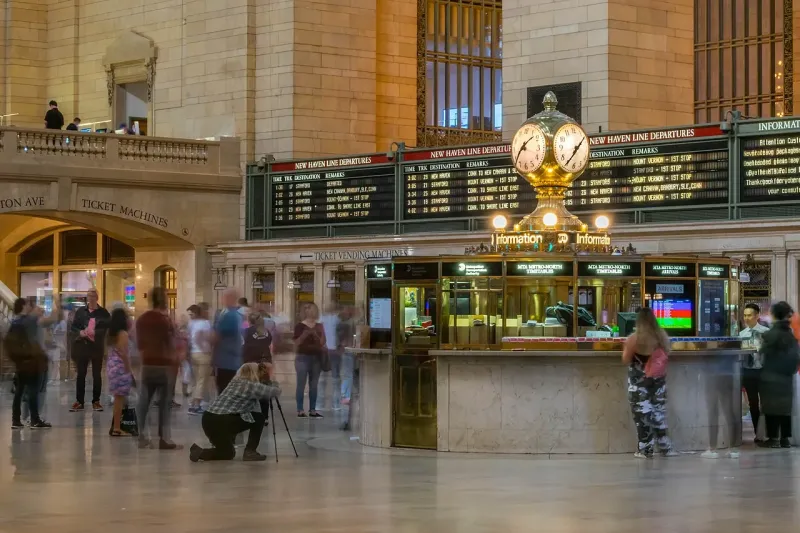
_800.webp)

